Smart Home Power Use (by @daniele_franchi on UnSplash)
More and more people around the world have smart gadgets at home, such as lamps, thermostats, or even curtains. Some are sold with the promise of making your home more energy-efficient, but how much power do they actually use?
The smart home market continues to grow: in 2021, according to researchers at comfyliving.net, an estimated 175 million households had one or more smart devices. The US alone is expected to have 63 million connected homes by 2022.
The question is whether those smart devices are actually smart for your energy bill. These devices have the potential to be more efficient, but are at the same time always on standby and have to connect with Bluetooth, WiFi, or other wireless protocols. The electricity price always fluctuates, but for this article, we assume a price of 14 dollars cents per kWh. With this in mind, we look at the consumption of smart speakers, lamps, and robot vacuum cleaners.
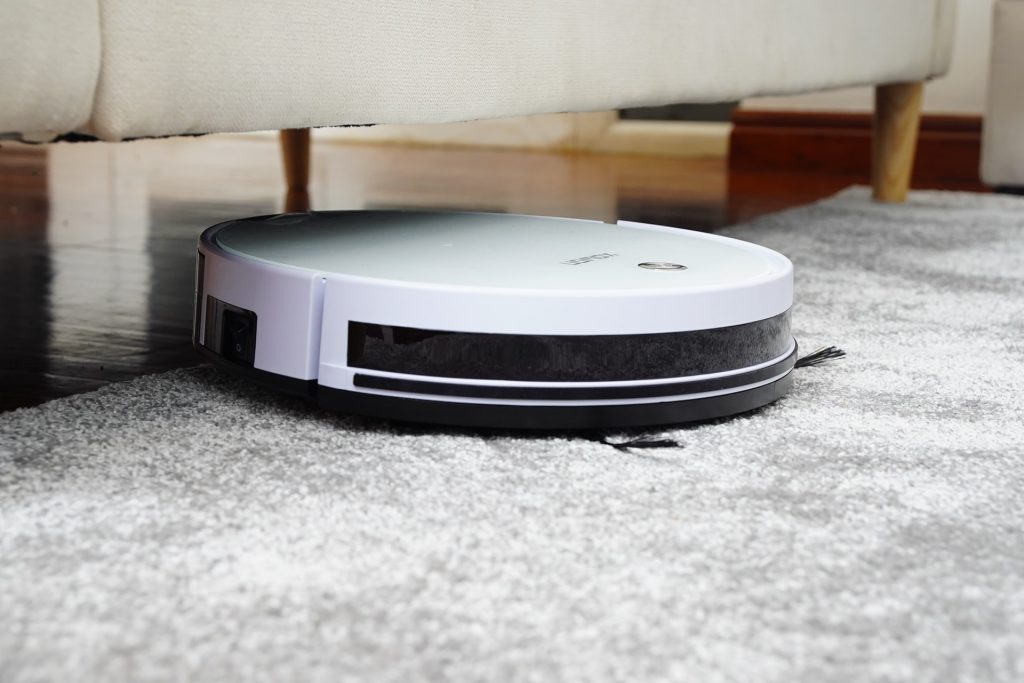

Smart vacuum cleaners
Why vacuum yourself when a smart vacuum cleaner keeps the floor crumb- and dust-free for you day in and day out? The first smart home device we are looking at is the Roomba j7+, which is presented by the manufacturer as a kind of Tesla among robot vacuum cleaners. This latest model comes with a base station where the robot vacuum cleaner empties its contents into a vacuum cleaner bag. Roomba recognizes phone cables, socks, and even dog and cat poop so they don’t get sucked up.
The average charging time in the home base is three hours, with a consumption of 28 watts. That equates to a consumption of 30.66 kWh per year – about 4.20 dollars. Fully charged, Roomba consumes approximately 3.6 watts in standby mode. Assuming that the Roomba j7+ spends about two hours per day on a living room, there are still 19 hours left in standby mode, which equates to 24.89 kWh. Which costs you another 3.50 dollars per year. In total, the Roomba j7+ robot vacuum will cost you 7.70 dollars per year.
If we look at a ‘normal’ vacuum cleaner, for example, the Miele Boost CX1 Cat & Dog PowerLine, we arrive at a power of 890 watts. Suppose you vacuum for an average of 2 hours per week, then you will use 92.81 kWh, which will cost you 13 dollars per year. Although I can imagine that a hand vacuum cleaner sometimes does its job faster than a robot.
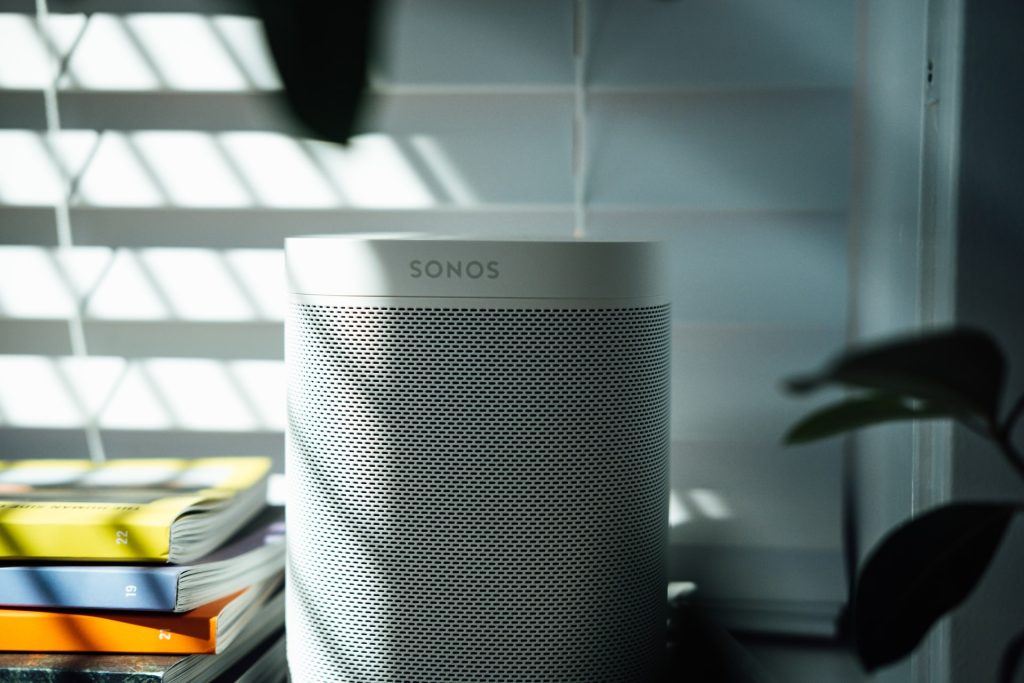

Smart speakers
The use of smart speakers has exploded and Sonos has been one of the most popular brands for years. If we look at the Sonos One when it plays music, radio, or a podcast, then the energy consumption is a bit more difficult to calculate, because the use of this speaker logically differs considerably per household. The strength of the volume also determines how much energy is consumed.
If we take the average consumption of smart speakers that emerges from various studies, an annual energy consumption of between 12 kWh and 33 kWh is used. That is on average 22.5 kWh, which comes down to 3.15 dollars per year.
We do know exactly what the Sonos One consumes when it is in standby mode. This has a wattage of 3.4W, which comes down to 0.0816 kWh consumption per day, which would cost you 4.16 dollars per year. So, if you have three Sonos One (generation 2) speakers in your house, then according to this calculation, this would cost you 3 x $3.15 + 3 x $4.16 = 21,93 dollars per year.
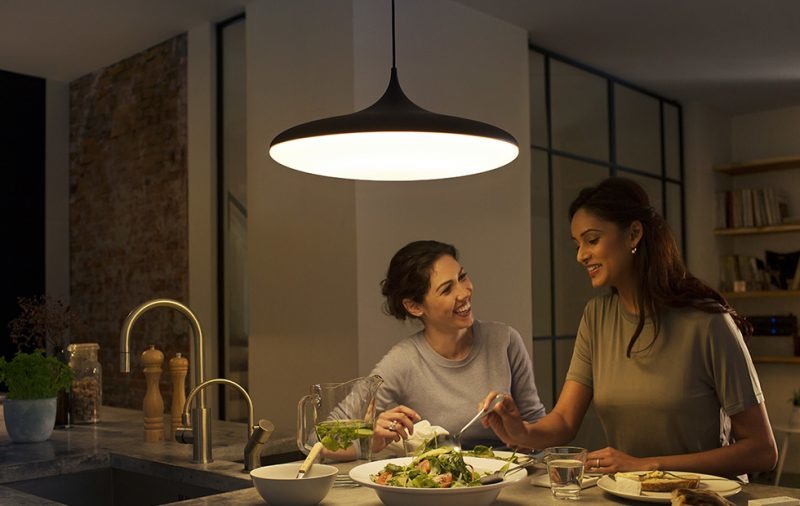

Smart lighting
Finally, there is smart lighting. Lamps that switch on and off according to fixed routines are popular and it remains magical to ask a speaker to dim the light. Many people also bring smart lighting into their homes to change the atmosphere and play around with different colors.
An average LED lamp has a power of about 7W with 700-810 lumens. Converted to 5 hours of burning per day, that will cost you just under 2 dollars per year. If we take the smart Hue White and Color Ambiance (A19) then this is 10W, which comes down to 2.85 dollars per year.
The lamp also uses current when it is off, but that is usually very minimal. With Hue lamps, you are talking in the broadest case of an average of 0.15 watts. You spend less than 15 cents a year on that – so negligible.
I hope you liked this article, to read more about smart homes check out my other blogs.


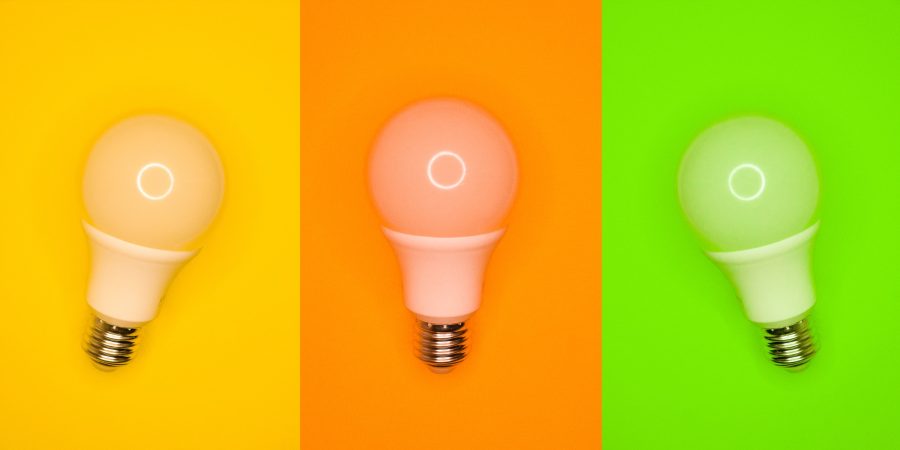
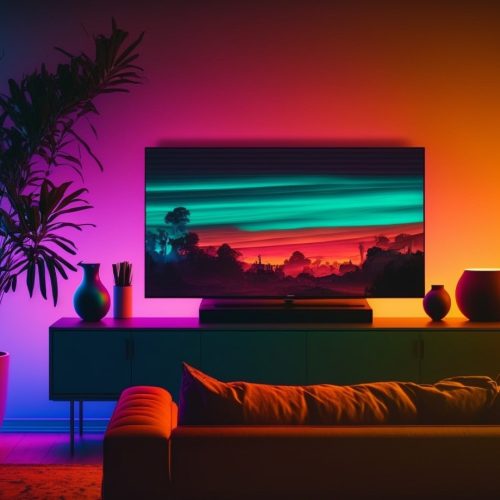
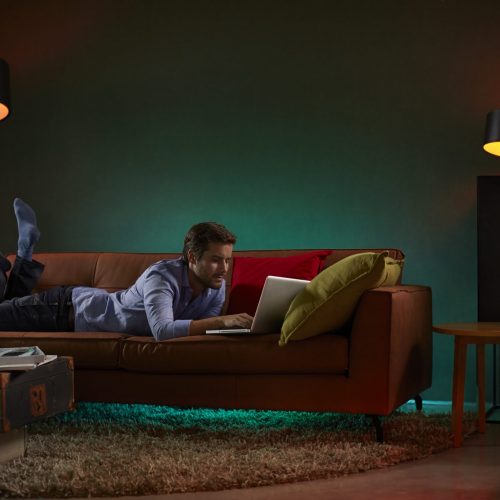
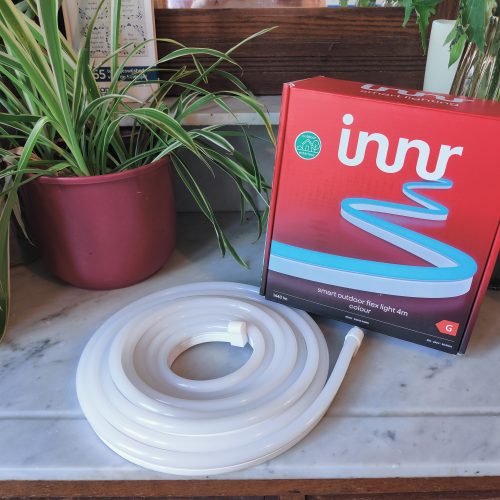

We should know on the packaging what these devices use when off!!! It is called phantom power load… And all these ‘off’ devices would use a complete power plant or two at full capacity 24/7 all year round… The price to pay for convenience…
We also need to know this phantom power load if we run our houses on backup generator in a blackout!!!